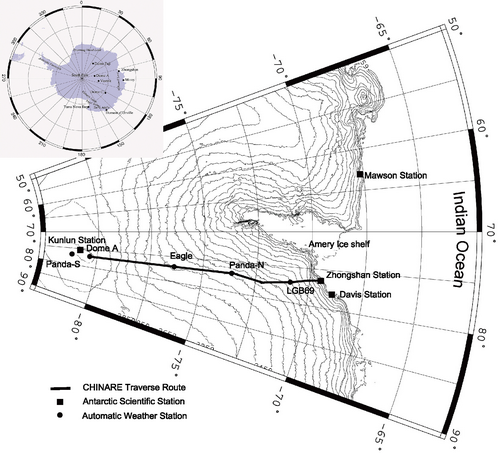A high-frequency and precise ultrasonic sounder was used to monitor precipitated/deposited and drift snow events over a 3-year period (17 January 2005 to 4 January 2008) at the Eagle automatic weather station site, inland Antarctica. Ion species and oxygen isotope ratios were also generated from a snow pit below the sensor. These accumulation and snowdrift events were used to examine the synchronism with seasonal variations of δ18O and ion species, providing an opportunity to assess the snowdrift effect in typical Antarctic inland conditions. There were up to 1-year differences for this 3-year-long snow pit between the traditional dating method and ultrasonic records. This difference implies that in areas with low accumulation or high wind, the snowdrift effect can induce abnormal disturbances on snow deposition. The snowdrift effect should be seriously taken into account for high-resolution dating of ice cores and estimation of surface mass balance, especially when the morphology of most Antarctic inland areas is similar to that of the Eagle site. This research achievement has been published on Science China Earth Science. 
Fig. Locations of AWSs deployed by CHINARE in east Antarctica. (Image by Minghu Ding) |

